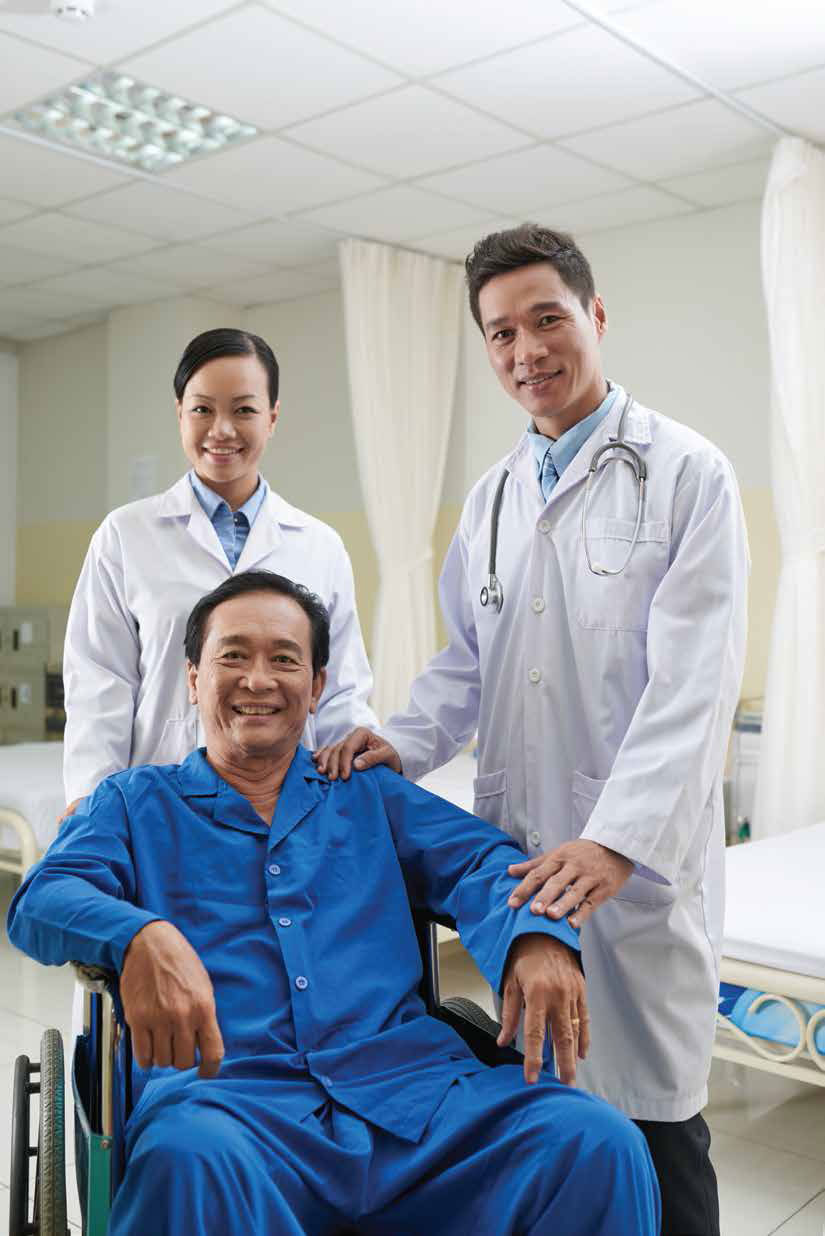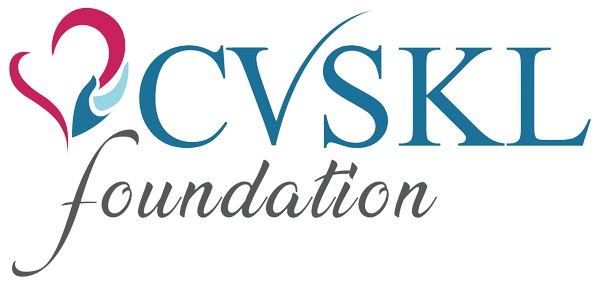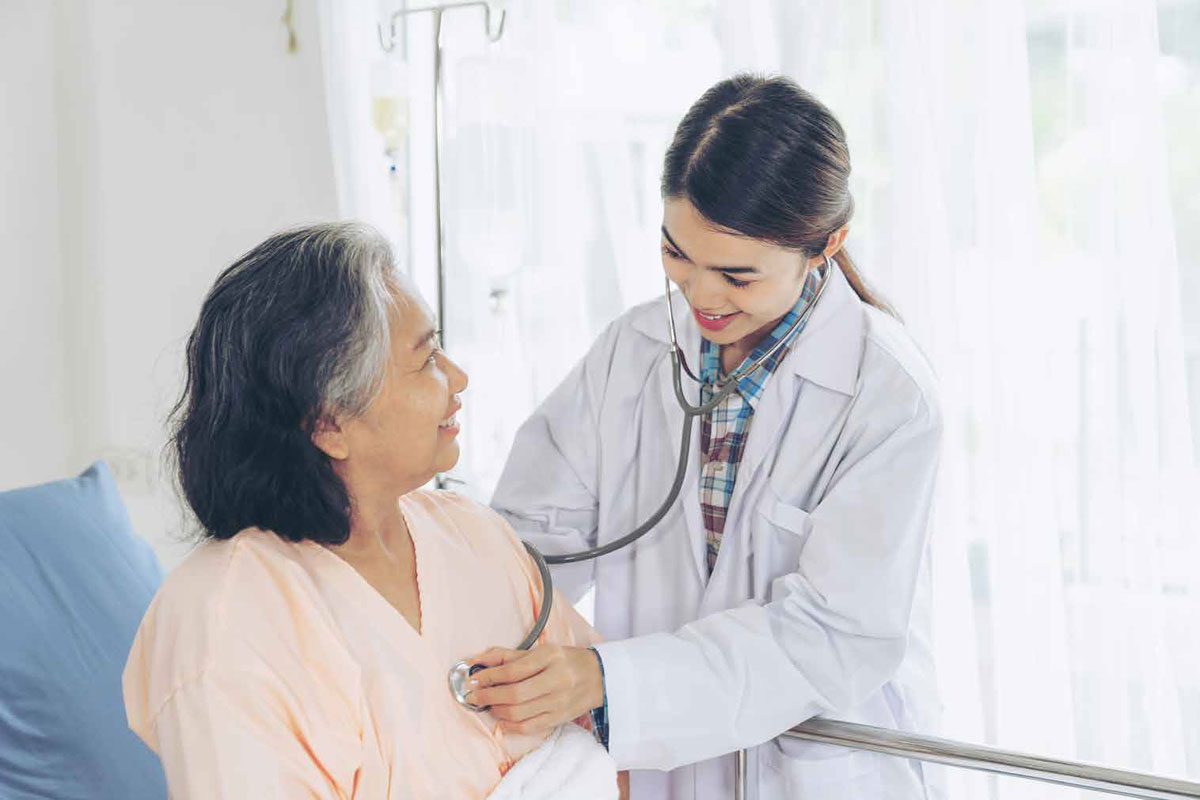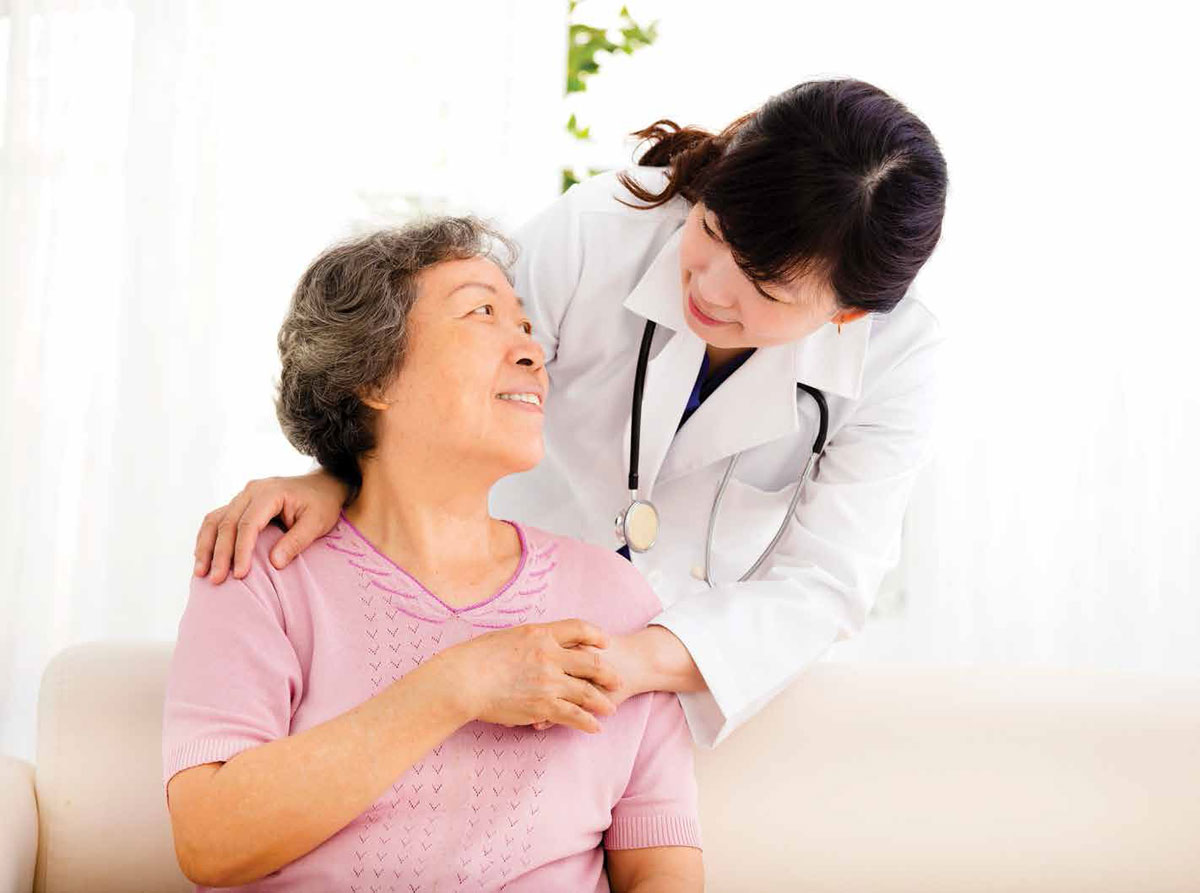Diverticular Disease
Diverticular disease is the general name for a common condition that causes small bulges (diverticula) or sacs to form in the wall of the large intestine (colon). Diverticular disease affects the lining of the bowel in the large intestine or colon wall. The condition of having diverticula is known as diverticulosis. When the pouch is inflamed, it is called diverticulitis.
Diverticulosis affects mostly men and people aged 60 and above.
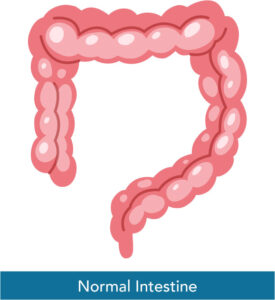
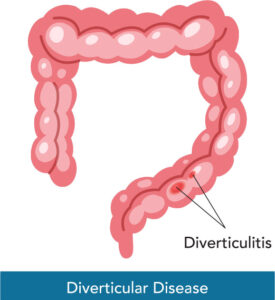
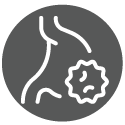
Bloating
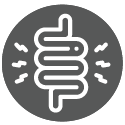
Diarrhoea
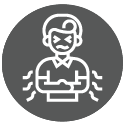
Belly pain or cramping
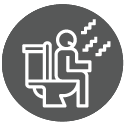
Constipation
Causes
A low-fibre intake is the main factor that causes diverticular disease. Lack of fibre increases constipation and results in harder and more compact stools which require more pressure to push them along the colon. This pressure may lead to “blow-outs” and the formation of pouches. People who eat a diet high in fibre are less likely to develop the diverticular disease
How is diverticular disease detected/diagnosed?
- Lower gastrointestinal X-ray series.
- CT scan of abdomen.
- Sigmoidoscopy or colonoscopy
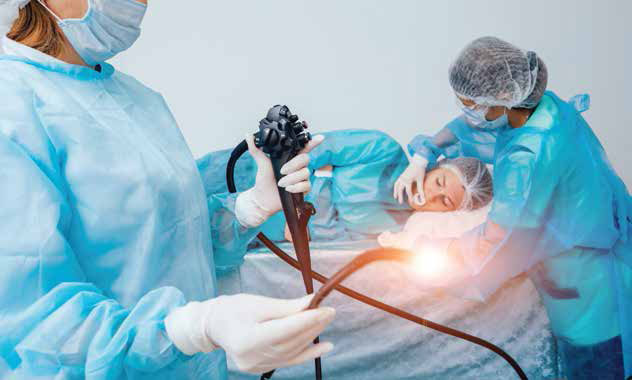
Do I need to make any lifestyle or diet changes?
- You are encouraged to increase your intake of food that are rich in fibre such as fruits, oats, beans and green leafy vegetables.
- Patients with diverticulitis need to consume a lighter diet to rest their bowels.
Possible complications
Diverticulitis is more serious because the infection can lead to other problems such as:
- Acute diverticulitis
- Haemorrhage
- Diverticular abscess
- Faecal peritonitis
- Fistula
- Diverticular phlegmon
- Diverticular stricture

Know your treatment options at CVSKL’s gastro centre
Most patients with diverticular disease do not have symptoms however when diverticulitis is diagnosed, treatment is required. Treatment for diverticulitis focuses on clearing up the infection and inflammation, relieving pain, resting the colon and preventing or minimizing the risk of complications.
If detected early, an attack without complications can be treated with antibiotics within a few days. A low-fibre or fluid-only diet might also be introduced to help rest the bowels. Fibre intake can be gradually increased to recommended levels (30 grams/day) once recovery is complete and mild pain relief may be prescribed (e.g. Paracetamol).
Patients with severe or acute diverticulitis often require hospital admission and may need to be administered antibiotics plus fluids given directly into their veins via an intravenous drip. Stronger pain relief may also be needed.
